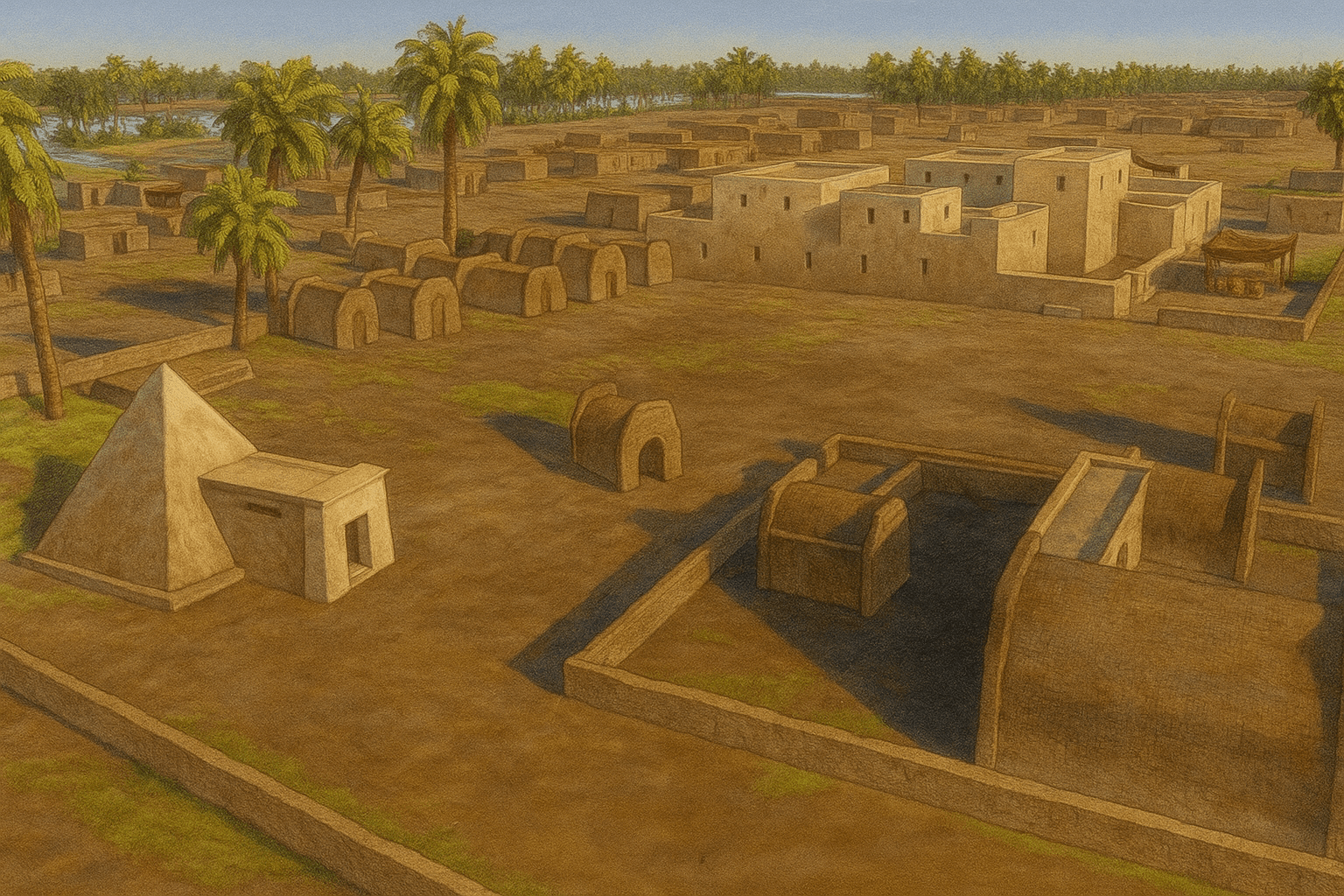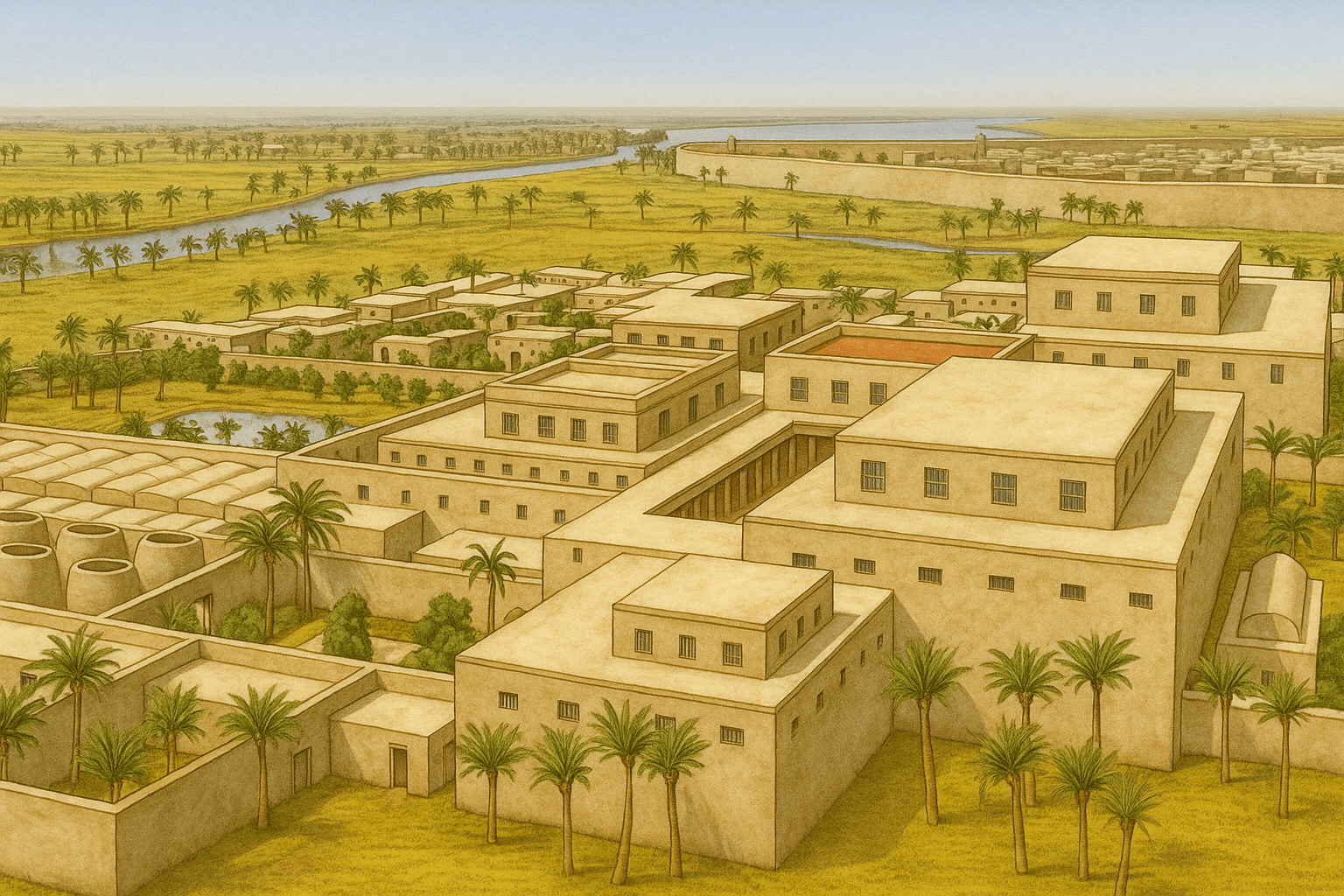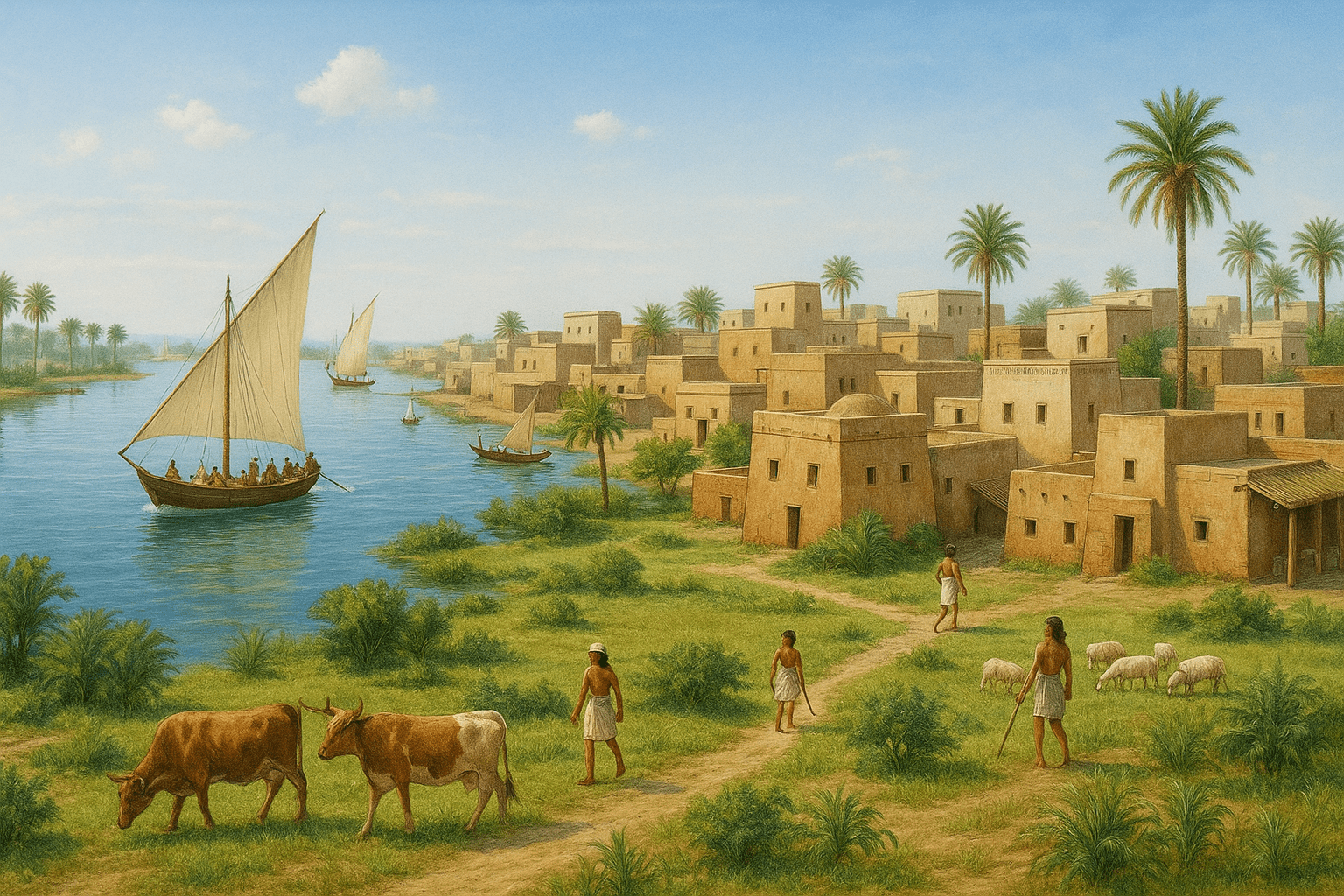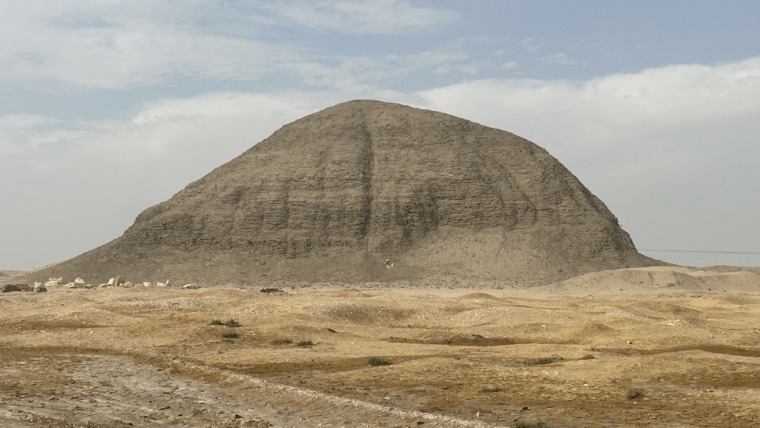Avaris: The Forgotten Capital of the Hebrews in Egypt
Tucked beneath the layers of Nile Delta soil lies a city long forgotten by many, yet central to the biblical story of Joseph and the Israelites in Egypt—Avaris, the ancient capital of the eastern Delta. This city, once teeming with Semitic life and bustling trade, holds the key to understanding where Jacob and his family settled when they entered Egypt, as described in Genesis.
For centuries, scholars and skeptics alike debated the historical accuracy of the Israelites’ presence in Egypt. But in recent decades, a wealth of archaeological evidence has begun to emerge, aligning with the biblical timeline and offering a powerful case for the reality of the events described in Genesis and Exodus. Thanks in part to the tireless work of archaeologists like Manfred Bietak, filmmakers like Tim Mahoney, and interpreters of biblical history like Nate Loper, the true story of Avaris is finally being unearthed—both literally and figuratively.
A City with a Hebrew Heart
Avaris, located at the modern site of Tell el-Dab‘a in Egypt’s eastern Nile Delta, became the capital of the Hyksos rulers during the Second Intermediate Period. But before the Hyksos dynasty rose to power, this site was already home to a large Semitic population—shepherds and settlers who had come from Canaan, just as Genesis 47 describes.
Archaeologist Manfred Bietak, who led decades of excavations at Tell el-Dab‘a, discovered extensive remains of a Semitic people who settled peacefully in the region. Their material culture—pottery styles, burial practices, and architecture—clearly differs from native Egyptian traditions, instead pointing to a Canaanite origin. Bietak himself remarked that these early settlers were not invaders but immigrants who rose to prominence in Egypt. Among their dwellings was a large, stately house featuring a pyramid-shaped garden tomb—possibly belonging to a high-ranking Semite official. The even contained a statue of a Semitic man with red hair and a multi-colored tunic, suggestive of Joseph’s coat of many colors. Could this be Joseph himself?

Joseph in Avaris?
The Patterns of Evidence documentary series by Tim Mahoney presents compelling visual and scholarly support for the case that this site—Avaris—was indeed where Joseph rose to power and brought his family. According to Genesis 47, Pharaoh gave the land of Goshen to Jacob and his descendants. Avaris fits the geographical description of Goshen and provides the archaeological context to support it.
During the Middle Kingdom, which aligns with the biblical timeline of Joseph (under Pharaoh Senusret III), we see a significant influx of Semitic people into the region. These people appear to have lived in peace, were given freedom and land, and rose to high administrative positions. This all aligns with the biblical narrative of Joseph’s promotion and the prosperity of his family.
Biblical Egyptologist, Nate Loper, has spoken extensively on the evidence supporting the identification of Avaris as the city of settlement for Jacob’s family. In his presentations and tours, Nate draws attention to how Avaris shows the “brotherhood of Egypt and Israel” during this peaceful time of coexistence—a stark contrast to the later oppression described in Exodus under a new Pharaoh who “did not know Joseph.”
The Rise and Fall of a Hebrew City
The Semitic population at Avaris eventually grew to over 30,000 people—enough to form a substantial early nation within a nation. They built homes, raised livestock, and practiced burial customs reminiscent of their Canaanite roots. But suddenly, their fortunes changed. The archaeological record shows a mysterious and abrupt departure or decline in the Semitic presence, coinciding with the rise of native Egyptian rule once more under Pharaoh Ahmose I, founder of the 18th Dynasty.
This is exactly what the book of Exodus describes—a turning of the tide. A new king arises who does not remember Joseph and subjects the Hebrews to slavery. The golden years of Avaris were over. The capital was moved. And the oppression began.

Rediscovering the Roots of the Exodus
The evidence from Avaris challenges the traditional Egyptian timeline and invites a re-examination of biblical history. When the biblical narrative is compared not with the standard dating of some modern Egyptologists, but rather with a biblical timeline supported by Scripture (like 1 Kings 6:1 and Judges 11:26), a powerful pattern emerges—one that Tim Mahoney highlights in Patterns of Evidence: Exodus.
This biblically driven “early Exodus” view places the arrival of Joseph and Jacob into Egypt during the Middle Kingdom and the Exodus during the reign of Pharaoh Amenhotep II around 1446 BC. It matches both biblical chronology and the archaeological layers at Avaris and other key sites like Jericho and Hazor.
Remembering Avaris
Avaris may not be a household name, but it should be. It is the best candidate for the city where Joseph ruled and where the Hebrews settled—where dreams came true and later turned into cries for deliverance. It is a place where the Bible and the spade of archaeology come together with remarkable clarity.
As more is uncovered, and as storytellers and scholars like Bietak, Mahoney, and Loper continue their work, the evidence for the biblical narrative only grows stronger. Avaris is no myth. It’s a city that once teemed with life, faith, and the unfolding of God’s providential plan.
And beneath the soil of the Delta, its story still speaks.



